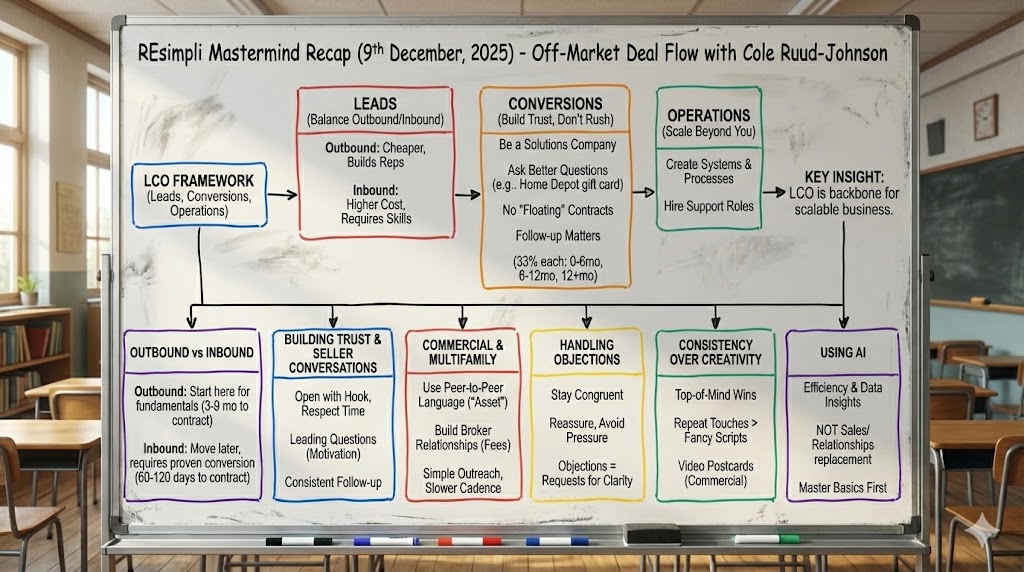If you’re getting started in real estate investing, you’ve likely heard of two popular strategies: wholesaling and house flipping. Both offer the promise of high returns without the need to be a licensed agent, but they operate very differently.
So which one is right for you?
This in-depth comparison will break down how each strategy works, what you need to succeed, and the pros and cons of each. Whether you’re a beginner with little capital or an investor ready to scale, this guide will help you make the right decision.
What Is Real Estate Wholesaling?
Wholesaling is a short-term investment strategy where you find deeply discounted properties, put them under contract, and then assign that contract to a cash buyer for a fee.
You don’t buy the house. You don’t fix it. You don’t hold it.
You’re simply the middleman between motivated sellers and real estate investors.
How It Works:
- Find a motivated seller (usually off-market)
- Lock in a contract to purchase below market value
- Assign the contract to another buyer for a higher price
- Collect the difference as your profit
Average Wholesale Fee:
$5,000 to $15,000 per deal (sometimes much more, depending on your market and negotiation)
Tools That Help:
- CRM: Track leads and follow-ups (REsimpli is designed for this)
- Skip tracing: Find hard-to-reach owners
- Driving for Dollars: Identify off-market leads in the field
- Drip campaigns: Automate follow-up with SMS, email, and RVM
What Is House Flipping?
Flipping is the process of buying a property, improving it through renovations, and selling it at a higher price to make a profit.
Unlike wholesaling, you’re taking ownership of the property and investing capital into increasing its value.
How It Works:
- Buy a distressed or undervalued property
- Renovate or improve it
- List and sell it for market value or higher
- Pocket the profit after costs
Average Flip Profit:
$30,000 to $70,000 per deal (though this varies widely based on project size and location)
Tools That Help:
- Project management: Organize contractors and timelines
- Accounting software: Track budgets, profit margins, and expenses
- REsimpli’s inventory and vendor tracking: Manage materials, subcontractors, and vendor communication
Wholesaling vs. Flipping: Side-by-Side Comparison
| Feature | Wholesaling | Flipping |
| Capital Required | Low (as little as $10 for earnest money) | High (tens of thousands for purchase and rehab) |
| Timeline | 7 to 30 days | 2 to 6 months |
| Risk Level | Low | Medium to high |
| Skill Set Needed | Sales, negotiation, and lead generation | Project management, budgeting, and rehab estimation |
| Legal Complexity | Contract assignment, disclosure laws | Ownership transfer, permits, inspections |
| Potential Profit per Deal | $5,000 to $15,000+ | $30,000 to $70,000+ |
| Involvement Level | Transactional | Hands-on |
Pros and Cons of Wholesaling
Pros:
- Minimal capital needed
- Quick turnaround
- Low risk if contracts are written correctly
- Great for learning local markets
Cons:
- Requires strong lead generation and negotiation skills
- Competitive in many markets
- Legal gray areas in some states
- Income is not passive and depends on consistent deal flow
Pros and Cons of Flipping
Pros:
- Bigger profit margins per deal
- Adds value to the community
- Easier to scale into a full-time business
- Creative control over the project
Cons:
- Requires more money upfront
- Market risks (delays, material costs, price drops)
- Permitting and contractor management can be complex
- Longer time to see returns
Which Strategy Should You Start With?
Choose Wholesaling If:
- You have limited capital
- You’re comfortable with sales and marketing
- You want to learn how to find deals first
- You prefer quick wins over longer projects
Choose Flipping If:
- You have access to funding or partners
- You understand construction or have a good team
- You want higher profits and can wait longer
- You enjoy transforming properties
Many investors start with wholesaling to build capital, then move into flipping. Others combine both to build a full pipeline of short-term cash and long-term gains.
Bonus: You Can Do Both with REsimpli
Whether you’re wholesaling or flipping, REsimpli gives you the tools to manage your business from lead to close.
- For wholesalers: Capture leads, assign contracts, automate follow-ups
- For flippers: Track contractors, expenses, and sales performance
- For both: KPI dashboards, skip tracing, list stacking, AI, and mobile tools
Try REsimpli free and see how it fits your investment style.
[Start Your Free Trial Today]
FAQS
Wholesaling assigns a property contract for a fee without owning it, while flipping involves buying, renovating, and reselling for profit.
Not always. Some states require licenses or restrict contract marketing. Always check your local laws.
Yes, if you work with an experienced contractor or project manager. Many investors partner to reduce risk.
Wholesaling typically takes 7 to 30 days. Flipping can take 2 to 6 months depending on the renovation.
Yes. It supports lead generation, contract tracking, buyer CRM, project tracking, and vendor management all in one place.

